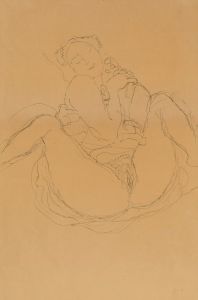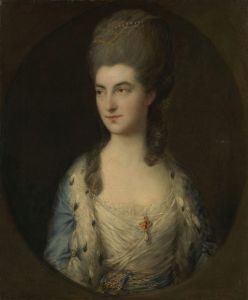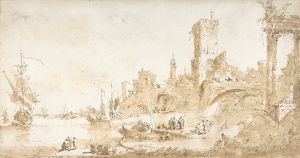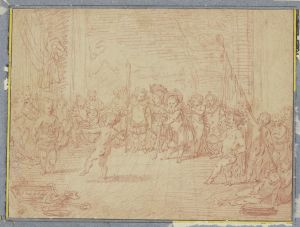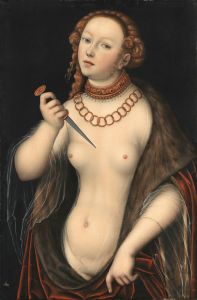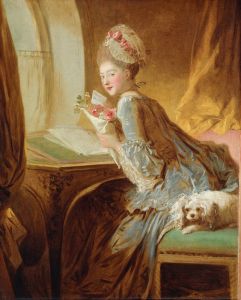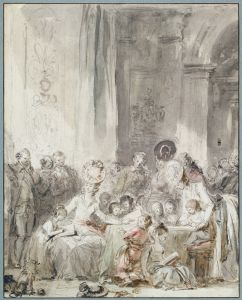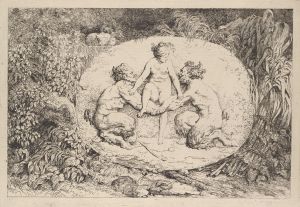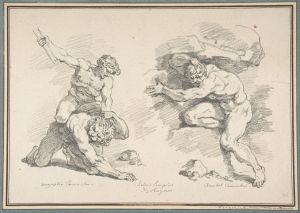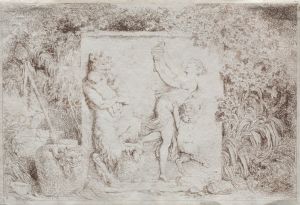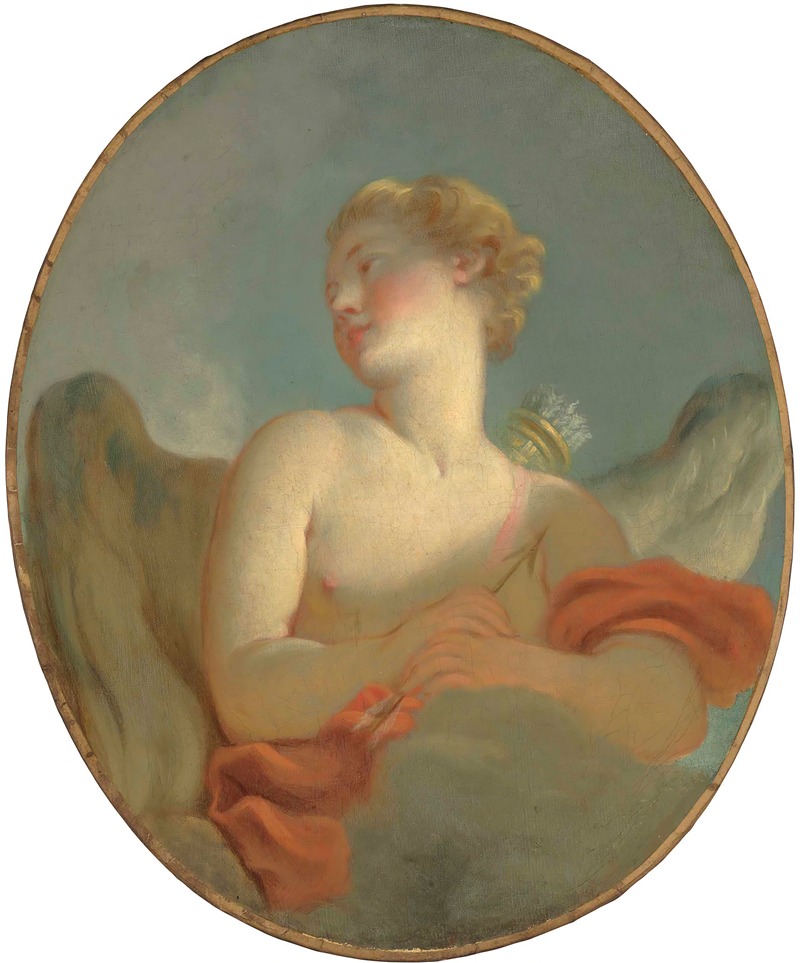
‘L’Amour’; said to be a Portrait of Marie Catherine Colombe as Cupid
A hand-painted replica of Jean-Honoré Fragonard’s masterpiece ‘L’Amour’; said to be a Portrait of Marie Catherine Colombe as Cupid, meticulously crafted by professional artists to capture the true essence of the original. Each piece is created with museum-quality canvas and rare mineral pigments, carefully painted by experienced artists with delicate brushstrokes and rich, layered colors to perfectly recreate the texture of the original artwork. Unlike machine-printed reproductions, this hand-painted version brings the painting to life, infused with the artist’s emotions and skill in every stroke. Whether for personal collection or home decoration, it instantly elevates the artistic atmosphere of any space.
Jean-Honoré Fragonard, a prominent French Rococo painter, is renowned for his exuberant and hedonistic style, which often depicted scenes of love and leisure. One of his works, "L’Amour," is said to be a portrait of Marie Catherine Colombe as Cupid. This painting is a fine example of Fragonard's ability to blend portraiture with allegorical themes, a common practice in the Rococo period.
Fragonard was born in 1732 in Grasse, France, and became one of the most prolific artists of his time. He was a student of François Boucher, another leading Rococo artist, and his work is characterized by its fluid brushwork, vibrant colors, and playful subject matter. Fragonard's paintings often explore themes of love, sensuality, and mythology, which were popular among the French aristocracy during the 18th century.
"L’Amour" reflects these themes through its depiction of Cupid, the Roman god of love, who is traditionally portrayed as a cherubic figure with wings and a bow and arrow. In this painting, Fragonard captures the essence of Cupid with a sense of whimsy and charm, which is typical of his style. The subject, Marie Catherine Colombe, is believed to have been a model or muse for Fragonard, though specific details about her life and her relationship with the artist remain sparse.
The painting showcases Fragonard's skill in rendering delicate textures and capturing the subtleties of light and shadow. His use of soft, pastel colors and dynamic composition enhances the ethereal quality of the work, inviting viewers into a world of fantasy and romance. The playful and lighthearted nature of the painting is emblematic of the Rococo movement, which emphasized decorative art and the pleasures of life.
Fragonard's work, including "L’Amour," was highly sought after by patrons who appreciated the artist's ability to convey emotion and narrative through his art. However, with the onset of the French Revolution, the Rococo style fell out of favor, and Fragonard's career experienced a decline. Despite this, his paintings have endured and are celebrated for their technical mastery and imaginative compositions.
Today, Fragonard's works are housed in major museums around the world, including the Louvre in Paris and the Frick Collection in New York. "L’Amour" continues to be admired for its artistic merit and its representation of the Rococo era's fascination with love and mythology. Fragonard's legacy as a master of the Rococo style remains influential, and his paintings continue to captivate audiences with their beauty and charm.





